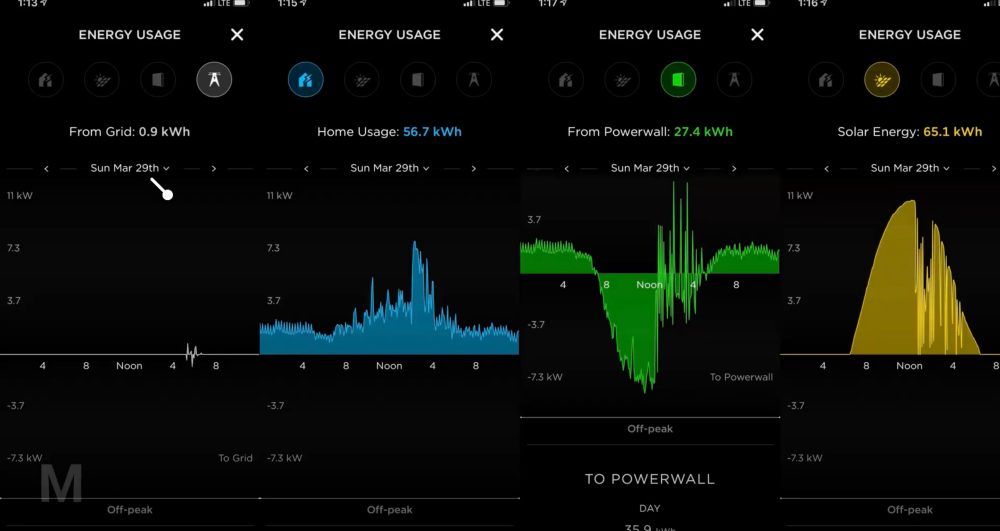
A Tesla Powerwall owner demonstrated what it looks like when you go through a 48-hour power outage with the battery system and solar power.
The demand for the home battery packs is currently through the roof.
Recent weather events, especially in Texas, have exposed the grid for being weaker than many people believed, and now many homeowners want to be more independent from it.
Tesla has been experiencing this surge in demand with the Powerwall, which is by far the most popular home battery pack.
Now, we found a good example of how the Tesla Powerwall perform during an extended power outage.
Dan King, co-owner of Harmon Electric & Solar, a solar company that installs Powerwalls, posted a video of a simulation of his own Powerwall with solar going through a 48-hour power outage:
The test was done during March last year, which is not one of the most energy-demanding months in Arizona, but the system still performed impressively.
As you can see from the stats, the home consumed 56.7 kWh on Sunday:

The solar would have been easily covered if the use was only during the solar power hours, but with Powerwalls, that solar power gets consumed the next day.
King noted that he did shut his outdoor lighting and sprinklers down, which helped the Powerwall still have a 15% charge by the morning, but it did show that with minimal power management, their Powerwall plus solar system would be sustainable.
However, that’s for months where AC is not required.
Tesla CEO Elon Musk recently announced that every new Tesla solar panel or solar roof system going forward will come with Tesla Powerwalls.
The company also recently introduced a new Tesla Powerwall+ with higher power capacity.
Electrek’s Take
This is the kind of technology that you see, and you think, “this is going to become the new normal.” Someday, almost every home is going to have a home battery pack, and most of them will have solar power.
As you upgrade older houses with older electrical systems, home batteries are going to become a standard upgrade.
All we need is to ramp things up for wider availability and lower prices, and that’s exactly what Tesla is trying to do here.
I think we are going to see the impact in a more major way in the next three to four years.
It took Tesla roughly four years to deliver 100,000 Powerwalls, but I think they will get to 1 million in the next four years.
Subscribe to Electrek on YouTube for exclusive videos and subscribe to the podcast.
Author: Fred Lambert
Source: Electrek



